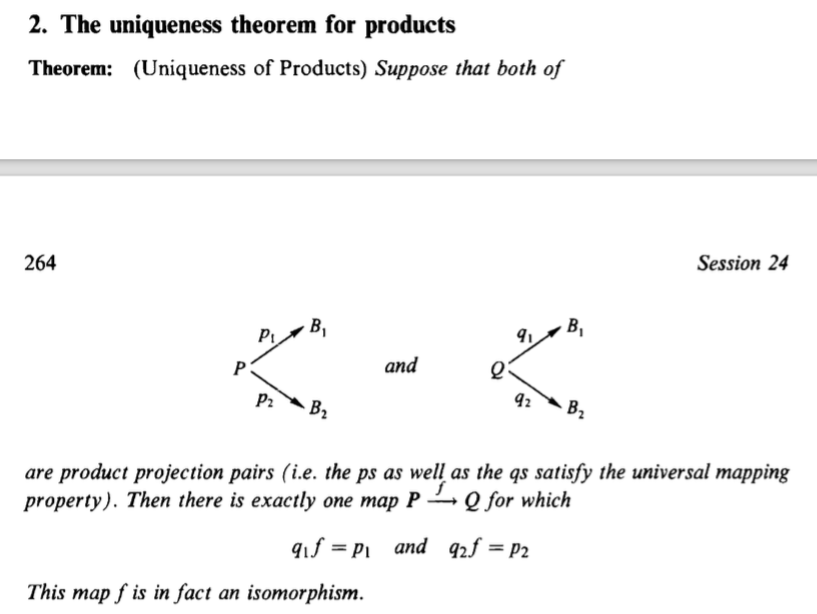The invention of [English] sheep
Nov. 20th, 2018 04:31 pm“ In time, the sheep began to accord with the animal that gamboled in Bakewell’s mind. He stopped touring England to buy rams. Instead, he employed a strategy known as in-and-in breeding. Bakewell mated cousin to cousin, brother to sister, father to daughter. Other farmers thought him mad because they believed inbreeding invariably led to disaster. That might be true for other farmers, but not for Bakewell. He was able to make sure that all the qualities he wanted in his sheep became fixed in his flock, but none of the deformities that might ruin his new breed.
With a flock of just a few hundred New Leicester, Bakewell couldn’t feed the millions of hungry English. Instead, he sold his sheep to other breeders, who started their own New Leicester flocks. They paid him dearly. They were even willing to do something that had previously been unheard-of: They would rent his rams for their services. Bakewell sent the rams to their appointments in two-wheel sprung carriages, suspended inside from slings. He claimed the right to take the best lambs produced by his rented rams, improving his own flock even more.
She Has Her Mother's Laugh.
also see http://www.bbc.co.uk/history/historic_figures/bakewell_robert.shtml
Notes:
1. Inbreeding posed a dilemma: desired qualities vs defects. He solved it by consistent selection of conforming individuals.
2. Renting rams was a new business model.
3. Can we think about tech and business models as an isomorphisms along these lines?
